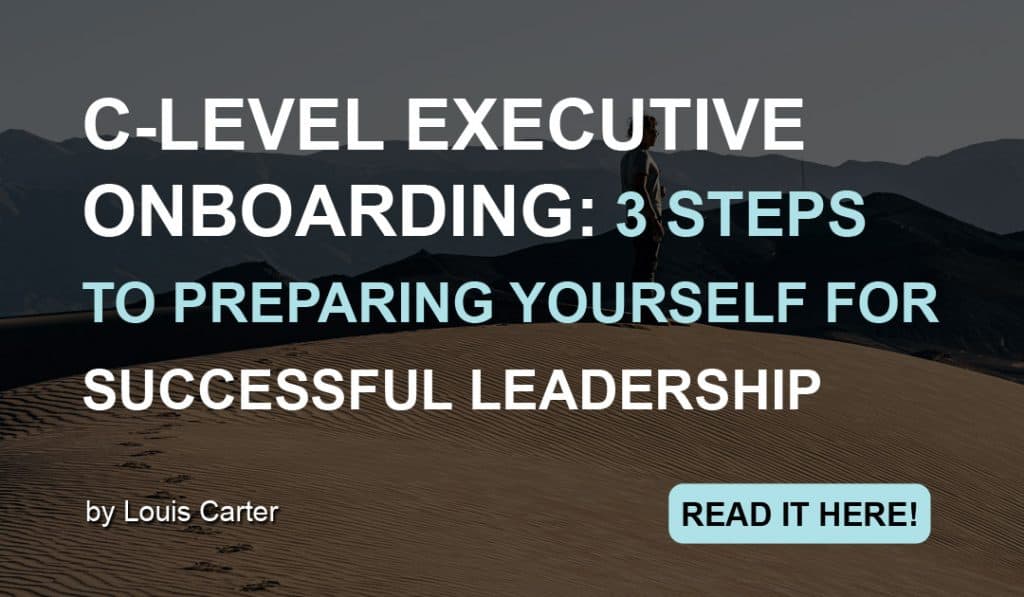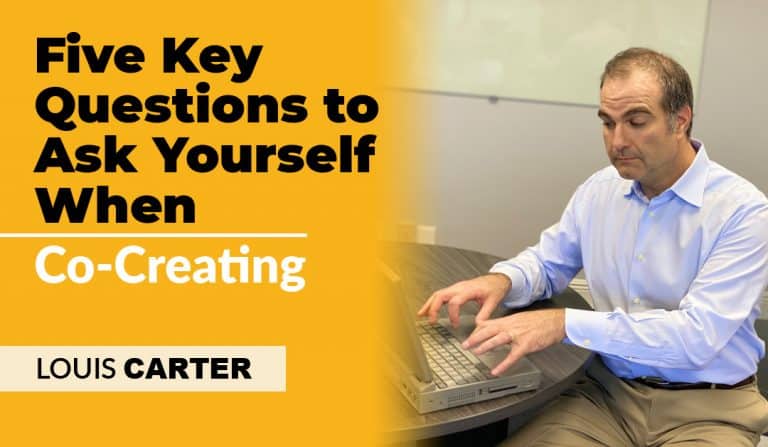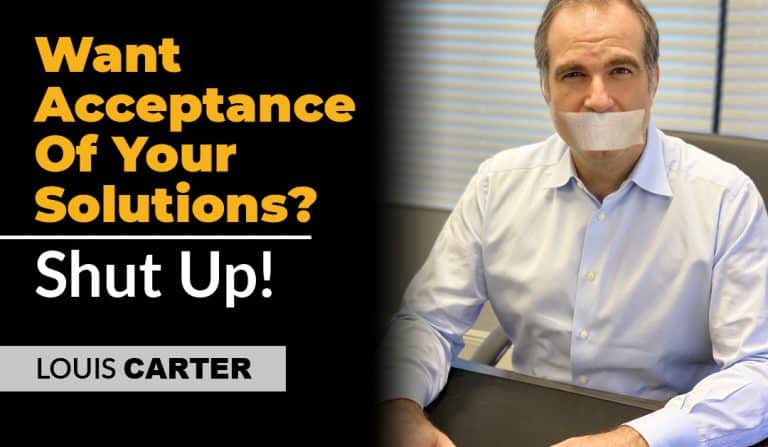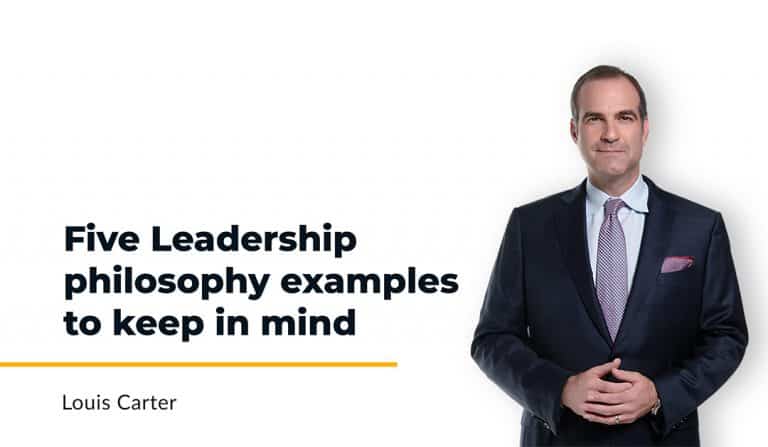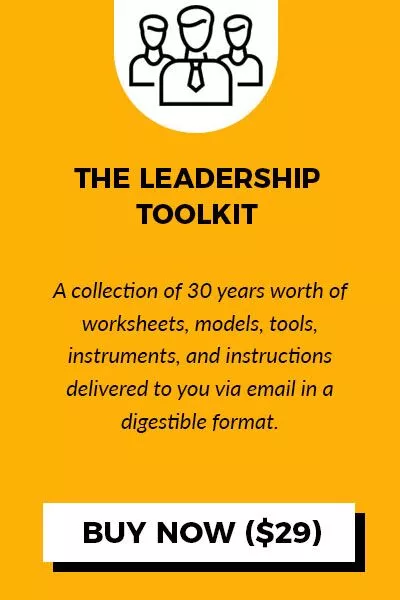Becoming a successful executive takes hard work. It does not happen overnight. Most people think you can jump into a C-Level position without any prior leadership experience. Having great technical acumen and knowledge just isn’t enough. Becoming a successful executive means dedication to a process of continuous improvement and learning agility.
You have an enormous opportunity to become a successful executive who proves themselves to be someone who constantly strives to become better. And, in doing so, excites the entire organization to become better along with you.
Taking the time to learn more about what is going well, and what can be done better in the company will arm you with information that will last you for your entire tenure. Continuously doing this executive success exercise will keep your success as a leader relevant consistently.
If you have just landed a C-level executive position and want to make sure that you start off on the right foot, here are three steps to preparing yourself for successful leadership that you will need to follow when you first enter a company.
1. Engage in Mindful Listening During Listening Tours.
CEOs or other C-level executives who take listening tours of their new companies forget that this is the prime time to evaluate the current state of their organization and to learn where their skills and guidance will be most needed. A tour is never just an introduction. It is an opportunity to learn!
As with every aspect of your new position, you are going to need to pay careful attention to every portion of each tour, ask questions, and engage with those who are showing you around the company that you will be running. Not only is mindful listening a skill that will make your job easier when you start taking on the work, but it will also help you develop better relationships with people on your team.
As I stated in my book, In Great Company, one study assessed the interactions between public speakers with engaged groups and with distracted groups found that those who were speaking to engaged listeners felt significantly less anxious and were able to easily connect with these individuals while providing a more beneficial demonstration.
Put simply, active listening results in better communication, which is essential if you plan on doing your job to the best of your ability.
Building relationships with the people who will be helping you to ensure your company’s success is key executive success factor. Find out what drives people, their passions, their purpose – and how you can help them get there. Give of yourself and what you can do for them, show you are willing to change. And, ask for ideas and what they want to do better as well. Support them in their goals to become better.
2. Carefully Observe Your Surroundings and the Processes Currently in Place.
All companies have areas that need improvement, regardless of the success that they have achieved. As the new executive of a company, it is your responsibility to take the time to examine a company’s processes and operations in order to identify areas for improvement,
Implement better practices that will spur growth and generate positive results better than the past is where you will be judged the most.
There is no better way than a company tour to begin evaluating where people have potential and where people need improvement.
As you are brought through the different departments and learn how things work, ask yourself and others, what could we do better? Where can we improve, and how can I begin to make those improvements? What is working for us, and what needs to be adjusted or removed?
One excellent example of this from, In Great Company, is the rebound of then-suffering Best Buy. In 2012, Best Buy was buckling under the weight of its poor management, losing profits and customers rapidly as they failed to make necessary changes to their current structure.
Fortunately, enough, Hubert Joly took the reins by utilizing their base of existing employee talent and enthusiasm and injecting his own vision to reinvigorate the company and bring it back to profitability and relevance.
There are always existing positive qualities of a company you can leverage while you support the areas that must become better. A good CEO pays close attention to how their company operates and makes the necessary changes to ensure its future success.
3. Develop a Report That Will Help You Cultivate a Better Future for the Company.
Behind every great executive stands a well-thought-out, organized plan. Take everything that you have learned and craft a detailed plan of how you will move forward. Keep in mind: his plan will change consistently – and you must remain agile.
People value a blueprint with the knowledge that we will veer from the plan often. Remind people that there are no easy or straight forward ways to the goal. We all must remain agile.
Create a simple 5 page PowerPoint with simple goals. Show what you have learned, and what you can do better.
This is also a great time to layout your core values and to figure out your approach to your new leadership position.
Hubert Joly improved Best Buy through actions such as:
● Aligning strategy with structure by lowering prices to meet customer demands while still providing the excellent service that their employees were known for.
● Promoting flexibility so that they could quickly respond to change and allowed their employees to succeed at what they did best.
● Setting people up to succeed by providing the necessary development that helped the organization meet your clear-cut goals.
● Playing to win by continuously seeking growth, opportunity, and success.
● Fostering resilience by focusing on strengths and tackling issues where present.
With the right outline for success combined with your own infusion of talent, you can carry your company to victory!
Being a successful executive begins as soon as you accept a C-level position, but not everyone knows exactly how to start off on the right foot. If you believe that the guide above will help you successfully make the transition, make sure to read In Great Company: How to Spark Peak Performance By Creating an Emotionally Connected Workplace to gain more insight into what great leadership looks like!


